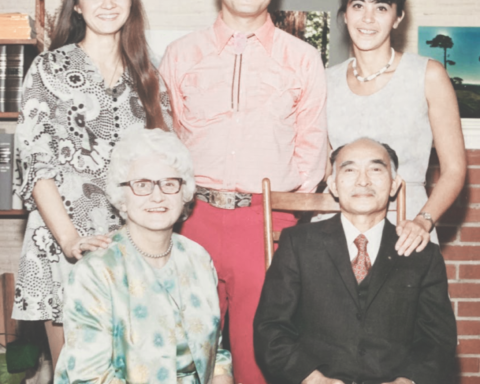Kate Nicklin and Graham Mateer, the directors of Commonbond Architects, an architectural firm in London, work in a self-built studio located in the garden behind their bungalow.
Nicklin and Mateer had an additional motivation for the studio. As the website AJ Building Library explains, the couple wanted “to explore the potential of using hempcrete as a breathable biocircular building material.”
“The main idea behind the project was to create something that felt permanent and not like a standard lightweight timber shed,” Nicklin told Dezeen, which noted that, in addition to hempcrete, Commonbound Architects also “used reclaimed materials and a timber frame to create the cuboidal volume, which is topped with a mono-pitched roof.”
“Hempcrete offered an alternative construction which was good for self-building,” Nicklin added. “We like that it can be sourced in the UK and supports small-scale growers, we like that it creates a healthy environment to be in with no off-gassing and its breathable properties, that it sequesters carbon and is ultimately biodegradable.”
According to the Natural Building Alliance, a Colorado-based organization that champions natural building techniques, hempcrete is “a bio-composite building material that is created by coating and mixing particles of hemp hurd (also known as shiv – the inner woody core of a hemp plant) with water and lime and then allowing the materials to dry and harden into a natural insulation material.”
“Like traditional insulation, hempcrete can be the infill material to a wall structure or the insulation material for floors, ceilings, roofs, or windows. When it comes to walls that are framed using studs or heavy timbers, builders can use temporary formwork or permanent, permeable sheathing that is situated around framing to cast monolithic hempcrete walls,” the group explains.
“Molding and casting walls involve a steady process of creating and mixing hempcrete in conjunction with …
Read More
Author: Thomas Edward / High Times







